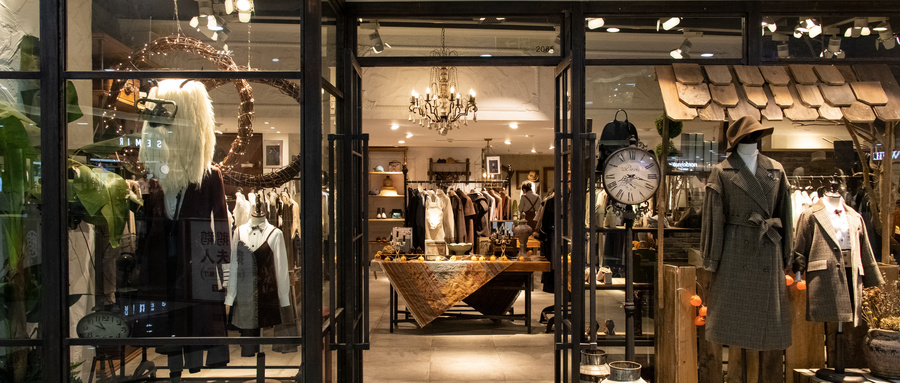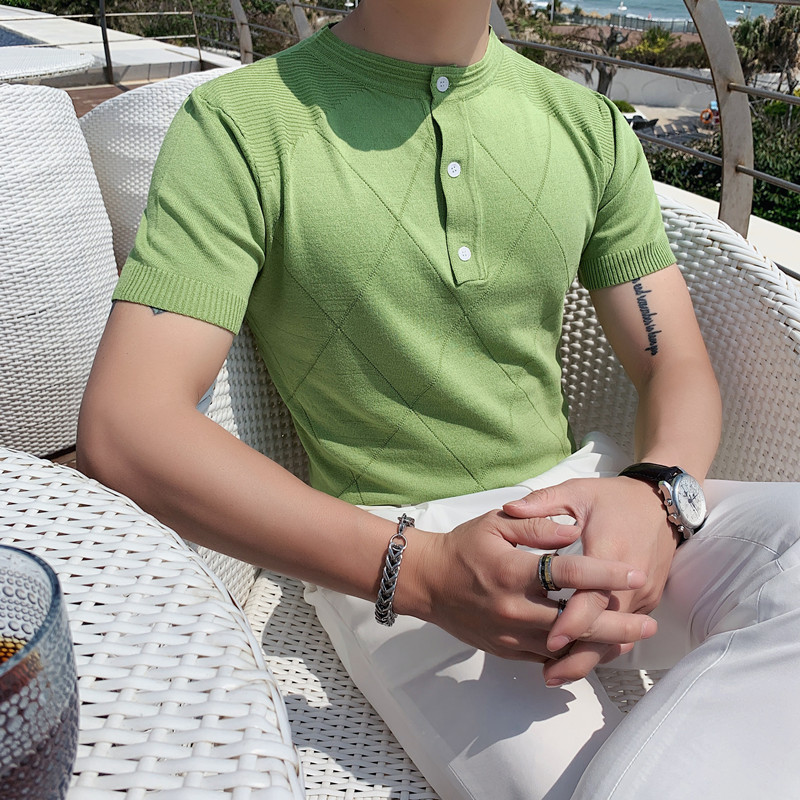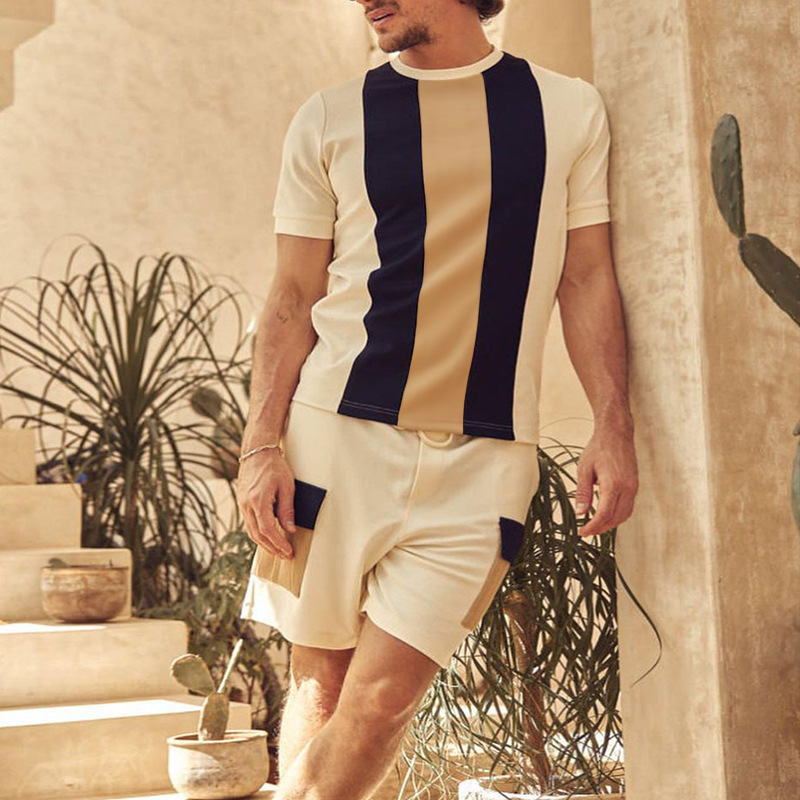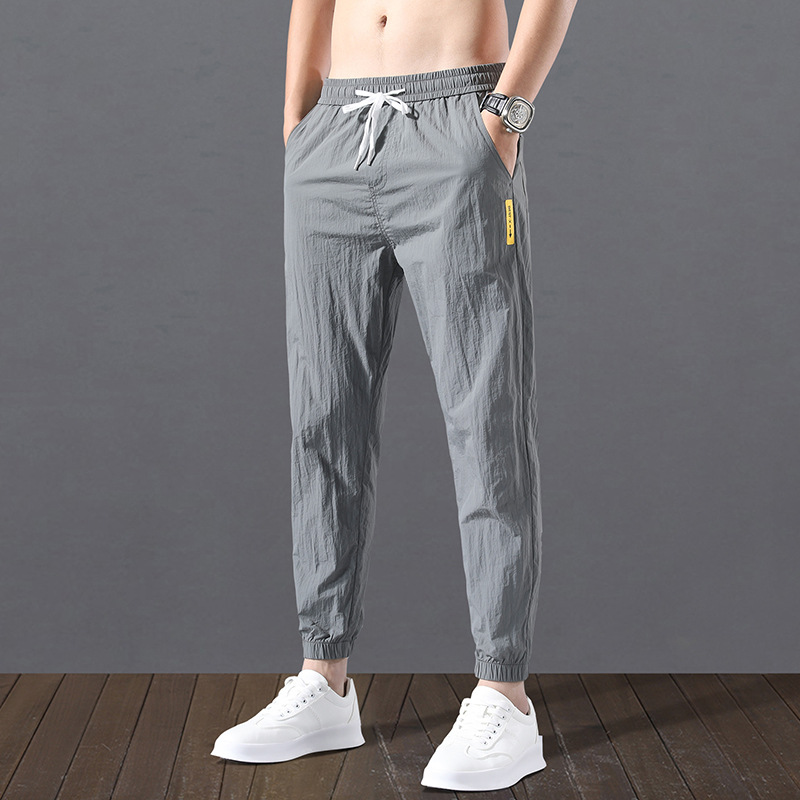How to Choose a Women's Dress That Suits You?
Women's Dress That Suits can be a delightful yet challenging task. With various styles, fabrics, and fits available, it’s important to understand what works best for your body type and personal style. This guide will walk you through the essential factors to consider, helping you find a dress that not only fits well but also makes you feel confident and beautiful.

Understanding Your Body Type
When selecting a dress, the first step is to understand your body type. Different styles flatter different shapes, so knowing your silhouette is crucial.
Hourglass: If you have a defined waist with balanced bust and hip measurements, look for dresses that accentuate your waist. A-line dresses, wrap dresses, and fit-and-flare styles work well.
Pear Shape: If your hips are wider than your shoulders, opt for dresses that highlight your upper body. Look for styles with embellishments on the neckline, like off-shoulder or boat neck designs, and avoid overly fitted styles at the hips.
Apple Shape: If you carry weight around your midsection but have slimmer legs, choose dresses that skim over your waist. A-line dresses, empire waistlines, or dresses with a loose fit are great options.
Rectangle: If your measurements are fairly uniform, you can create curves with structured dresses. Look for styles with ruffles, peplum details, or dresses that cinch at the waist.
Inverted Triangle: If you have broad shoulders and a smaller waist, aim for dresses that balance your proportions. A-line skirts and dresses with fuller bottoms will create a more balanced look.
Choosing the Right Fabric
The fabric of the dress can significantly influence how it drapes and how comfortable it feels. Here’s a quick guide:
Cotton: Breathable and versatile, cotton is great for casual wear and summer dresses.
Silk: Luxurious and elegant, silk dresses are perfect for formal occasions but require more care.
Linen: Ideal for hot weather, linen is lightweight but can wrinkle easily.
Jersey: Stretchy and comfortable, jersey dresses are great for everyday wear.
Chiffon: Lightweight and flowy, chiffon adds a touch of elegance, perfect for evening events.
Considering the Occasion
Different occasions call for different dress styles. Here’s how to choose based on where you’ll wear it:
Casual Outings: For brunch or a day out, consider sundresses or maxi dresses in light fabrics.
Office Wear: Opt for sheath dresses or tailored A-line dresses in professional colors.
Evening Events: Choose elegant cocktail or formal dresses with rich fabrics like silk or lace.
Weddings: A floral or pastel-colored dress is a lovely choice for a wedding, depending on the dress code.
Beach Days: Go for breezy maxi dresses or light sundresses that are easy to throw on.
Accessorizing Your Dress
The right accessories can elevate your dress from ordinary to extraordinary. Here’s how to accessorize:
Shoes: Consider the dress length and style. Pair a maxi dress with wedges or sandals, while a knee-length dress can be worn with heels or flats.
Jewelry: Keep it simple for casual outfits, but feel free to add statement pieces for formal occasions.
Bags: Choose a handbag that complements your dress style. A clutch works well for formal events, while a crossbody bag is ideal for casual outings.
Outerwear: In cooler weather, add a stylish cardigan or a fitted blazer to complete the look.
Finding Your Personal Style
Ultimately, the best dress is one that reflects your personality. Experiment with different styles, colors, and patterns to discover what makes you feel good. Don’t hesitate to step outside your comfort zone; fashion is about self-expression!
Conclusion
Choosing a women’s dress that suits you involves understanding your body type, selecting the right fabric, considering the occasion, accessorizing effectively, and discovering your personal style. By following these tips, you can confidently find dresses that not only fit well but also make you feel fabulous. Remember, the right dress is out there waiting for you!
FAQs
What dress styles suit a curvy body?
Wrap dresses and fit-and-flare styles are great for curvy bodies as they accentuate the waist.
How do I know what color looks good on me?
Consider your skin tone; warm tones look good in earthy colors, while cool tones shine in jewel tones.
What length dress should I choose for a formal event?
For formal events, opt for knee-length or maxi dresses to maintain elegance.
Can I wear a casual dress to the office?
Yes, a tailored A-line dress or a chic midi dress can be suitable for office wear.
How can I accessorize a simple dress?
Add statement jewelry, a stylish belt, and coordinating shoes to elevate a simple dress.




